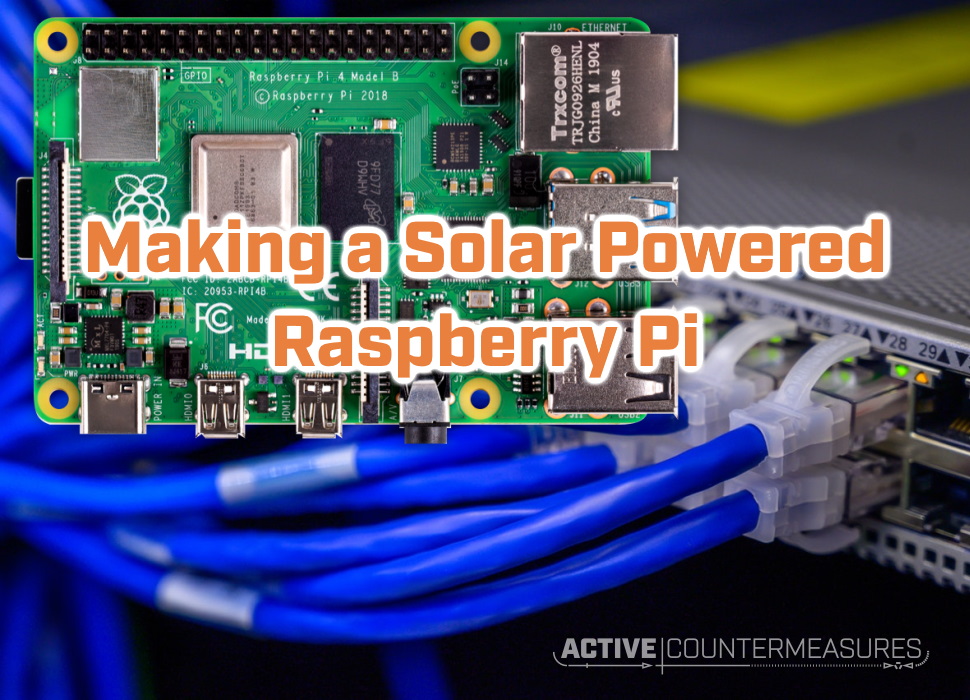I ordered the raspberry pi starter kit which includes the official case power supply and sd card in addition to the raspberry pi 3 model b from core electronics and it was delivered a few days later.
Raspberry pi measuring power output from solar panel.
I m setting up an off grid solar solution and the mppt controller i purchased only supports modbus via serial.
The entire software stack runs from either windows or a linux raspberry pi.
The more popular raspberry pi 4 s supply is recommended to be at 5v 2 2 5a current.
30 watt solar panel with a 12 volt charger hooked up to a 33 amp hour 12 volt battery.
To get the voltage of the thing you re measuring you must add the bus voltage and shunt voltage to get all the components of the measurement.
A solar panel battery charging monitor using a raspberry pi 2 connected to a maximum power point tracker mppt and a raspberry pi 3 showing the output graphs and data.
If you plot voltage vs current you ll see that as the load current is increased the output voltage on the panel drops.
This equivalent reistance is also not a fixed value but varies with load current.
Off of the battery i have a 12 volt to 5 volt battery eliminator that drops the voltage safely to 5 volts that i spliced into a micro usb cord.
Also you must wire grounds of the battery solar panel load and the raspberry pi together to be able to measure individual voltages.
Here is my setup.
However the pi zero needs only 1 1 5a so make sure to adjust accordingly.
And with the right solar panel and battery your project can also run continuously forever.
You can also easily integrate thermocouples and the pi can sit a few hundred feet away form the panels under test.
Here s a breakdown of.
Building a solar powered pi is a surprisingly easy task.
The last piece of the pie ha was a basic serial to usb cable.
The solar panel shown in the connection diagram was idealised and in the real world should include an equivalent series resistance.
Connecting the solar panel to the pi zero.
Powering your pi using solar power will allow you to build green pi projects powered by the sun.
Accuracy is better than 1 on current and voltage and it works with most of the panels on the market below 500 watts peak power.
They re cheap and you can buy them anywhere.










